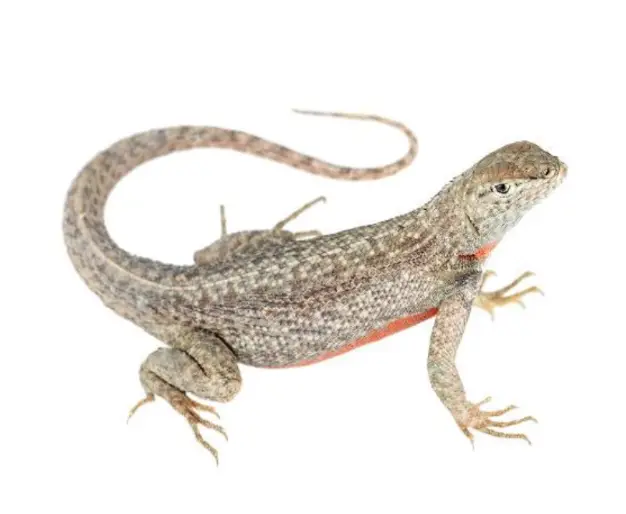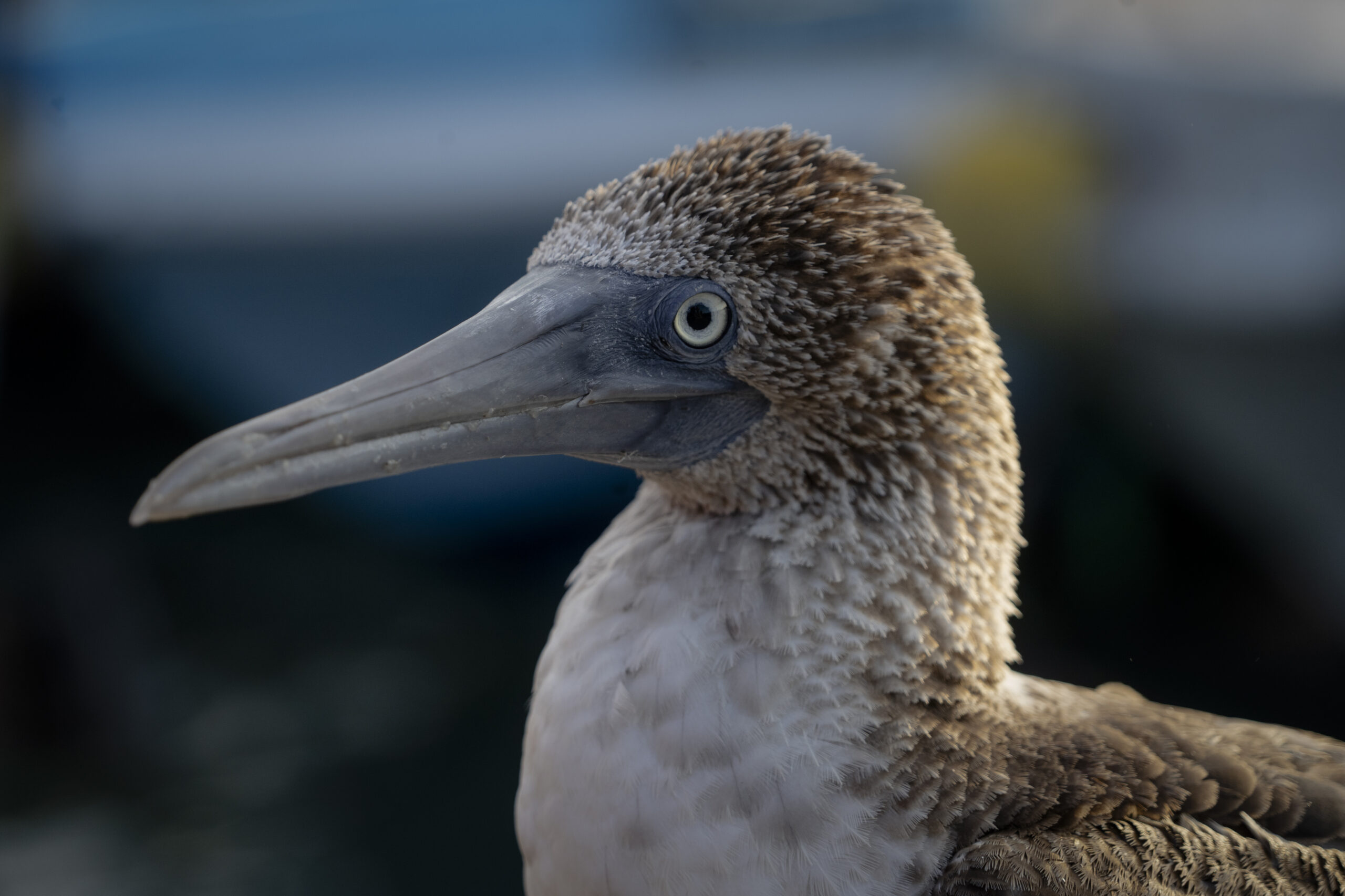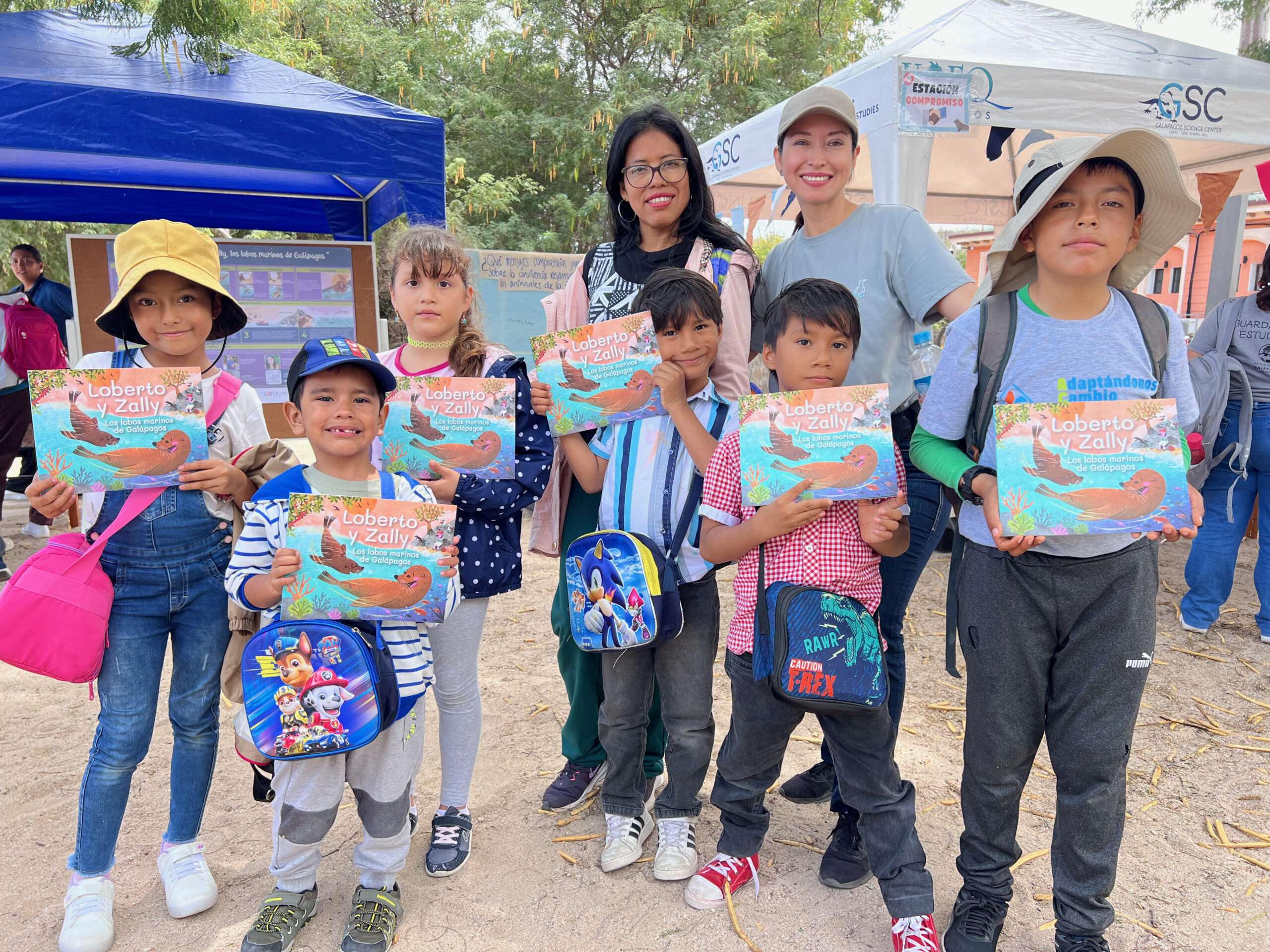Christian M. Capobianco; Emma A. Clarke; Juan Pablo Munoz-Perez; Daniela Alarcon Ruales; Andrea Loyola; Stuart T. Ayala; Alice L. Skehel; Kimberly E. Guzman; Carlos A. Valle; Gregory A. Lewbart.
Este artículo presenta nuevos parámetros de salud de referencia sobre el lagarto de lava de Española (Microlophus delanonis). Se tomaron muestras de sangre y mediciones morfológicas en 51 lagartos (21 machos, 30 hembras) capturados en tres ubicaciones de la isla de Española. Los parámetros morfológicos medidos incluyeron peso corporal, longitud hocico-ventral y temperatura. Las muestras de sangre se analizaron aproximadamente ocho horas después de la recolección utilizando un analizador de sangre portátil (i-STAT), que midió hemoglobina, CO2 total, glucosa, lactato, sodio, potasio y calcio ionizado. Los datos de caracterización hematológica se obtuvieron mediante técnicas de laboratorio estándar. Se encontraron diferencias significativas en la longitud hocico-ventral, peso, frecuencia cardíaca, frecuencia respiratoria, CO2 total y porcentaje de heterófilos entre machos y hembras. Los datos presentados aquí pueden utilizarse para monitorear la salud de esta población de lagartos de lava, así como para comprender la salud de una especie relacionada, el lagarto de lava de San Cristóbal (Microlophus bivittatus), que enfrenta diferentes desafíos en su evolución, incluyendo la presencia de seres humanos y gatos ferales. Este estudio continúa ampliando nuestra comprensión del género Microlophus; sin embargo, se deben realizar investigaciones adicionales para caracterizar las especies restantes que habitan en las islas del archipiélago de Galápagos.
Conozca más aquí.






